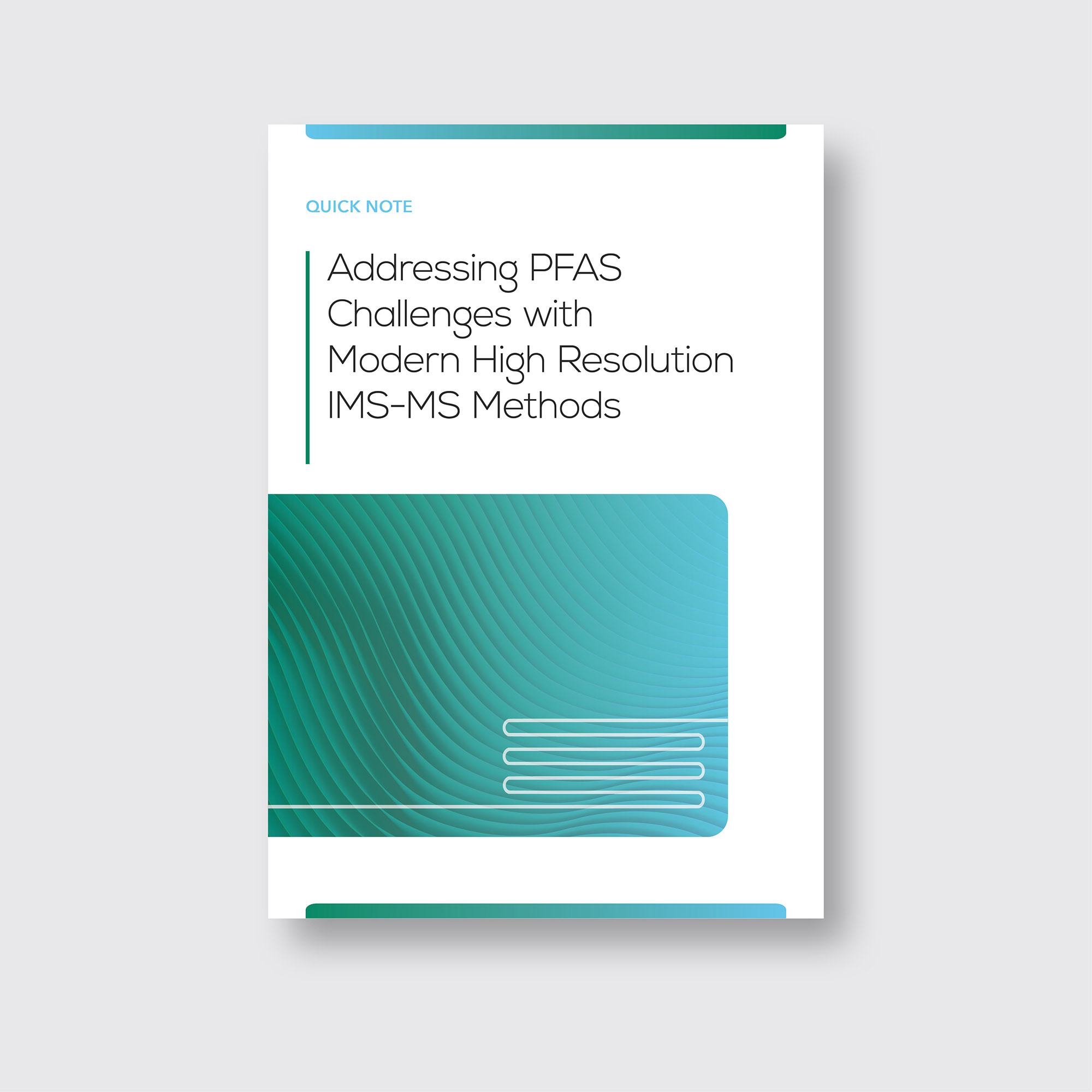Improved CCS Calibration of Isomers

Assessing Collision Cross Section Calibration Strategies for Traveling Wave-Based Ion Mobility Separations in Structures for Lossless Ion Manipulations
Ailin Li, Christopher R. Conant, Xueyun Zheng, Kent J. Bloodsworth, Daniel J. Orton, Sandilya V.B. Garimella, Isaac K. Attah, Gabe Nagy, Richard D. Smith, Yehia M. Ibrahim
Calibration accuracy often depends upon the structural similarity of the calibrants and the analytes. This can make calibration less accurate, particularly for more complex mixtures or for unknowns and also somewhat dependent on measurement conditions. Reasons for differences between DTCCS (Drift Tube collision cross section) and TWCCS (Traveling Wave Collision Cross Section) can arise due to differences in IMS platforms, which can stem from different internal ion energies. This includes ion heating either before injection to the TW separation region or during separation, as well as gas temperature differences, which can lead to differences in ion structures. This paper explores how MOBILion's SLIM technology combined with Traveling wave (TW) can be used for efficient CCS calibrations.
The paper, published in Analytical Chemistry concludes:
- Investigates the CCS calibration accuracy with traveling wave ion mobility spectrometry (TWIMS) separations in MOBILion's SLIM (structures for lossless ion manipulations) using three sets of calibrants.
- In addition to other forms of IMS, traveling wave ion mobility spectrometry (TWIMS)-MS is widely used for CCS determination.
- TWIMS uses dynamic and non-uniform electric fields. The arrival time measurements do not allow CCS values to be accurately determined without the use of CCS calibrants established by DTIMS-MS.
- In this paper, MOBILion's [SLIM-based HRIM technique] (aka SLIM-TW) enabled higher-resolution ion mobility separations as well as other ion manipulations, such as trapping, accumulation, switching paths, and multipass (serpentine ultralong path with extended routing; SUPER) separations over greatly extended path lengths.
- The calibration errors for the three calibrant sets (Agilent tuning mixture, polyalanine, and one assembled in-house) showed negligible differences using a sineshaped TW waveform.
- Calibration errors were all within 1−2% of the drift tube ion mobility spectrometry (DTIMS) measurements, with lower errors for sine waveforms, presumably due to the lower average and maximum fields experienced by ions.
- MOBILion's ultra-high-resolution multipass (long path length) [HRIM-MS] SLIM-TWIMS separations demonstrated improved CCS calibration for phospholipid and bile acid isomers.






